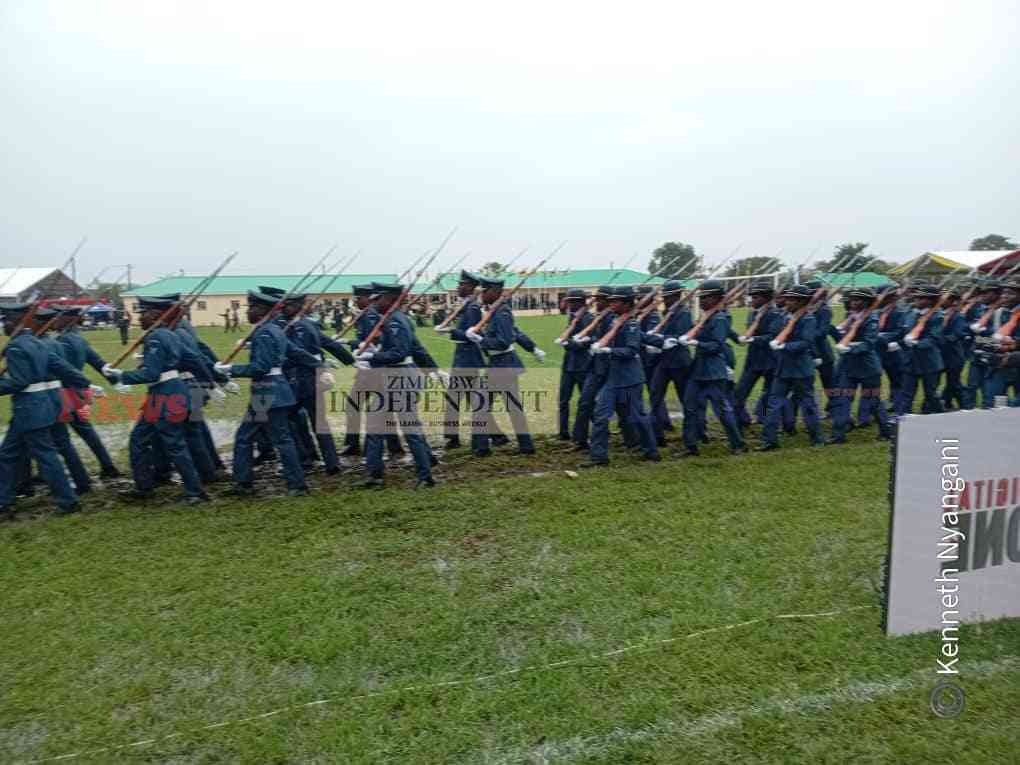
The term “business operations” refers to the processes and activities that companies perform daily to generate revenue, provide goods or services, and ensure smooth operations.
This category encompasses everything from procuring raw materials to distributing the finished product or service to end users.
In business operations, the primary goal is to ensure seamless functioning while also enhancing productivity, quality, and profitability.
To boost operational efficiency and income, managers specialising in business operations strive to streamline procedures, implement new technologies, and train staff.
This is at every entrepreneur’s heart: Delivering their services/goods to the target market effectively, efficiently and seamlessly.
In the realm of company operations, key aspects include efficiency, customer satisfaction, cost control, competitive advantage, scalability, risk management, employee engagement, and compliance.
Essential types of company operations encompass production, marketing, finance, human resources, procurement, and quality assurance.
Additionally, quality assurance features prominently. Numerous components are vital to the functioning of a business, including processes, personnel, equipment and technology, location, information and data, and communication.
- Business opinion: Branding in the age of entrepreneurship and industrialisation (Part 22)
- Business opinion: Branding in the age of entrepreneurship and industrialisation (Part 21)
- Business opinion: Branding in the age of entrepreneurship and industrialisation (Part 20)
- Business opinion: Branding in the age of entrepreneurship and industrialisation (Part 19)
Keep Reading
The crop of Pan-African entrepreneurs tasked with fostering competitive businesses that will be passed from one generation to the next should focus on mastering business operations, best achieved by thoroughly exploring the elements that comprise these processes as noted below:
Procedures: Procedures are the fundamental building blocks of corporate operations. They offer a standardised framework that personnel may adhere to successfully complete their responsibilities and achieve their goals.
These processes spell out the sequential steps that must be taken to accomplish particular objectives, which helps to ensure that the organisation operates consistently and efficiently.
People: The workforce is an essential component of corporate operations, and it includes a wide range of activities, including recruitment, training, management, and the assignment of roles.
It is of the utmost importance to ensure that personnel acquire the necessary skills and competencies to effectively carry out their obligations and contribute to the company’s success and performance.
Equipment and technology: Technology and machinery are indispensable assets to many firms, as they contribute to the efficiency and effectiveness of their operations.
By adopting technologies pertinent to their operations, businesses can increase their productivity, decrease their expenses, and maintain their competitiveness in their respective industries.
The physical location of a company has a considerable impact on its operational dynamics and the accessibility of its resources.
Location considerations are heavily influenced by various factors, including distance from suppliers and consumers, accessibility to transportation hubs, and the availability of a skilled labour population.
Selection of the appropriate site can facilitate the streamlining of logistical operations, the reduction of transportation expenses, and the enhancement of access to essential resources, ultimately leading to an increase in overall efficiency and effectiveness.
Management of information and data: It is vital to have an efficient management of information and data to make well-informed decisions and ensure that daily activities run smoothly.
To protect sensitive information, procedures are involved for gathering data, analysing that data, storing that data, and taking security measures.
Businesses can improve their transparency, encourage collaboration, and obtain valuable insights by utilising robust information systems, which can then be used to drive strategic initiatives and facilitate operational changes.
Effective communication, both internally and externally, is essential to encouraging teamwork, understanding roles and duties, and establishing relationships with stakeholders.
Internally, having communication channels that are easy to understand ensures that personnel are well-informed and in agreement with the business’s objectives.
Externally, organisations can meet needs, manage difficulties, and maintain strong relationships with customers, suppliers, and other stakeholders when communicating effectively with them.
This contributes to the firm’s overall success.
Adhering to all applicable laws, rules, and industry standards is necessary for ethical and lawful business activity.
This is referred to as regulatory compliance.
Complying with various regulatory requirements, including those pertaining to financial rules, safety measures, environmental standards, and other regulatory needs, is vital for reducing risks and maintaining the organisation’s reputation and integrity.
Having noted the foregoing, we guide Pan-African entrepreneurs and small-to-medium enterprises through the process of improving their business operations to pivot effectively and strengthen their competitive advantage. In this article, we present seven steps, though not in the order in which they are presented.
Conducting an audit of business operations: During this initial phase, the personnel responsible for business operations will undertake a comprehensive audit of the organisation’s processes, procedures, and systems.
The goal is to identify areas within the operations that need improvement to increase their overall efficiency and effectiveness.
Comprehending the factors that contribute to inefficiency: Now that we have established that, the attention will shift to determining the underlying reasons for inefficiency and productivity hurdles inside the business’s operations.
Department misalignment, the absence of feedback systems, inefficient processes, and reliance on obsolete technology are all common problems that can contribute to inefficiencies.
In this critical step, the organisation develops baseline measures for operational key performance indicators and establishes post-improvement targets.
This step is known as the “Establishment of Operational Efficiency Goals.” It is vital to plan how to attain these goals, which may require activities such as training employees, optimising communication across departments, introducing new software for process automation, data gathering, and providing access to organisational units that are relevant to the goals.
Reviewing and revising the business process map Business process maps are visual tools used to understand processes and identify bottlenecks or areas that require improvement.
To ensure that these maps accurately reflect the current condition of the company’s operations, the executives of the operations department need to examine and update them constantly. It ensures that all organisation members are aligned and makes it easier for them to work together towards achieving common objectives.
Examining the supply chain’s operational efficiencies operations managers are responsible for conducting routine evaluations of the supply chain to identify weaknesses and opportunities for enhancement.
Cost analysis exposes the potential for optimising profit margins while tracking inventory levels and comparing them to sales numbers to help discover inefficiencies.
Assessing the operational efficiency of the sales and marketing department: At this phase, sales operations managers assess the effectiveness and productivity of the sales team.
This process includes evaluating procedures, sales enablement technologies, and training programs to determine areas of success and areas that require improvement.
Establishing a roadmap to continuous improvement: The third step involves developing and implementing a comprehensive strategy for ongoing analysis and improvement.
Operations managers have developed and implemented this plan. Implementing this plan guarantees that the organisation will continue to be dedicated to boosting operational efficiency over time, cultivating a culture of continuous improvement, and adapting to the ever-changing requirements of the business.
Until then, think, eat, sleep, and dream about branding!










